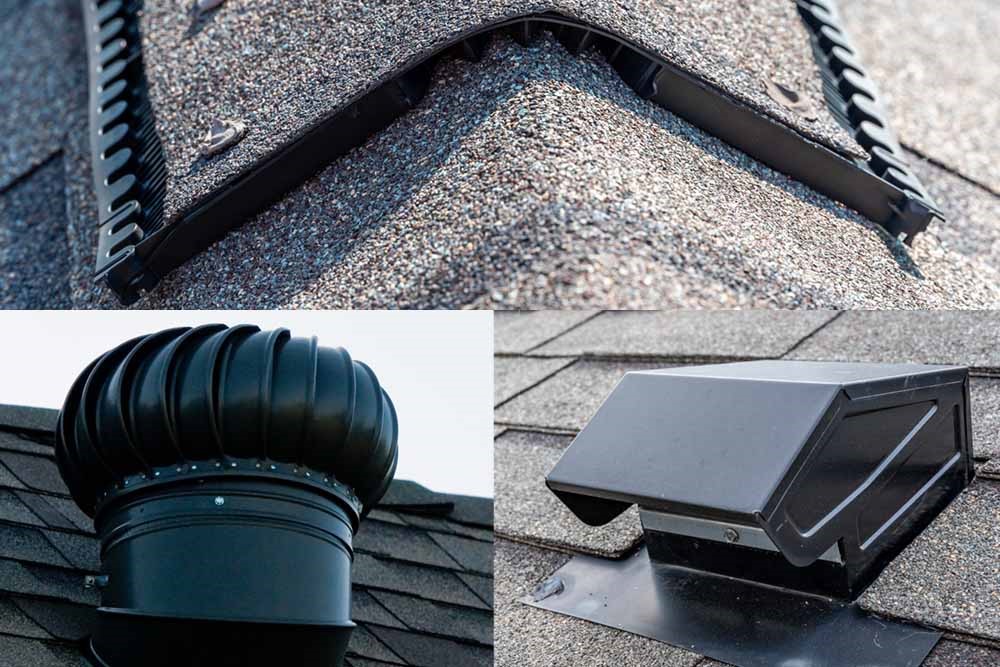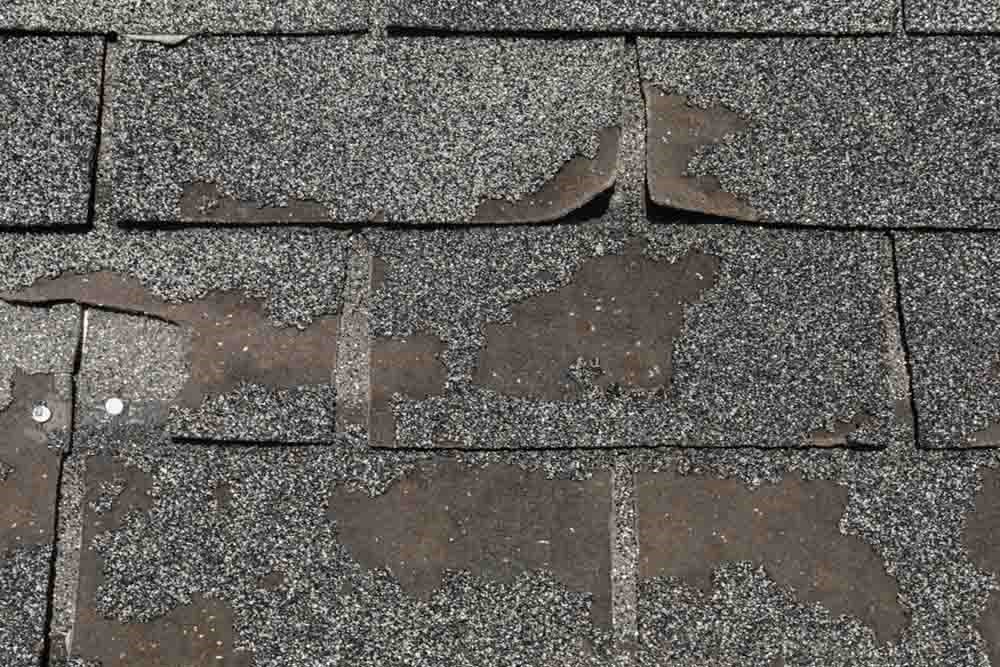
When most homeowners think about their roof, they focus on shingles or flashing. But one of the most important parts of your roofing system is also one of the least noticed—your roof vents. At C&N Construction, we often help customers understand why proper roof ventilation is key to keeping their homes energy-efficient, dry, and structurally sound.
Temperatures can swing dramatically between seasons - having the right type of roof vent can make a big difference in your home's comfort and your roof’s lifespan. Whether you're planning a new roof installation or updating your attic ventilation, knowing the options available is a great place to start.
Common Types of Roof Vents and How They Work
Roof vents help regulate attic temperature and moisture levels, which reduces strain on your HVAC system and prevents issues like mold and wood rot. Here’s a breakdown of the most common types of roof vents and what they do:
Ridge Vents
Installed along the peak of a sloped roof, ridge vents allow hot air to escape naturally through the highest point of the attic. They're sleek, effective, and often hidden beneath ridge shingles, making them a popular choice for newer homes.
Soffit Vents
Located under the roof’s overhang, soffit vents pull cool air into the attic space. When paired with ridge or gable vents, they create a continuous airflow that balances temperature and moisture.
Gable Vents
Installed on the exterior walls near the roof peaks, gable vents use wind to push air through the attic. They can be decorative while still functional, though they're less effective in homes without cross ventilation.
Box Vents (Static Vents)
Box vents, also called low-profile or turtle vents, are square-shaped vents placed near the roof ridge. They don’t require electricity and work best when installed in multiples across the roof.
Power Vents
Powered by electricity or solar energy, these vents actively pull hot air from the attic. They’re efficient for large homes or areas with little natural airflow but do require more maintenance.
Turbine Vents
These spinning vents use wind to draw air out of the attic. Though they require no power, they rely heavily on local wind conditions to work properly.
Cupola Vents
Cupolas are both decorative and functional. Installed on the roof ridge or a detached structure like a garage, they provide passive ventilation and visual appeal.
Here’s a quick summary of the most common vent types and their benefits:
- Ridge vents: Discreet and highly efficient for continuous ventilation
- Soffit vents: Essential for bringing in cool air to create airflow
- Gable vents: Traditional and simple, but less effective alone
- Box vents: Static and budget-friendly for smaller spaces
- Power vents: Best for high-heat areas or large attics
- Turbine vents: Wind-powered with no energy cost
- Cupola vents: Stylish, with light ventilation benefit
Why Roof Ventilation Matters
Your attic needs to “breathe” year-round, and proper roof ventilation ensures it can. Seasonal changes bring humidity in the summer and ice dams in the winter. Without enough airflow, you may face higher energy bills, attic moisture buildup, and even shingle damage from trapped heat.
At C&N Construction, we tailor roof ventilation solutions to meet the climate and construction style of your home. Whether we’re installing new soffit vents or upgrading to a ridge vent system, we make sure your roof performs at its best—every season.
Get the Right Roof Vents for Your Home
If you’re unsure whether your roof is properly ventilated, our team at C&N Construction is here to help. We offer expert roofing installation services to keep your attic dry and your home efficient.
We’re proud to offer long-lasting roofing solutions backed by experience and integrity. Contact us today to learn more about your roof ventilation options and schedule a professional inspection.
Subscribe to C&N Construction's Blog








Comments